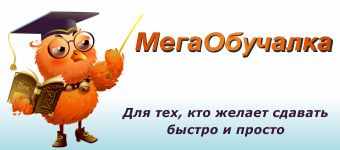 |
Главная |
Страница не найдена
Страница, которую вы пытались найти не найдена. Возможно, вам дали неправильный путь или она была удалена. Перейдите на главную страницу и введите в поиск, что вам нужно.
©2015 megaobuchalka.ru Все права защищены авторами материалов.
